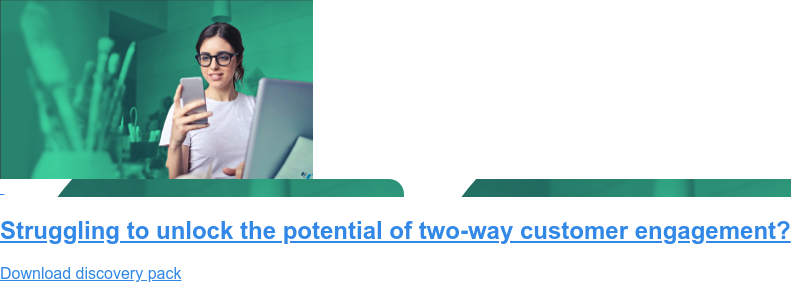The guided path towards digital transformation
At first glance the phrase ‘digital transformation’ might appear daunting. There is an implication that ‘transformation’ means completely reinventing processes from top to bottom in one sweeping action. In fact, digital transformation is a path that can be taken step-by-step at a pace dictated by each organisation.
Like most business phrases, definitions of digital transformation vary. But the general premise is a simple one. Digital transformation describes the adoption of digital technologies to improve processes, reduce costs, manage risk and deliver an improved customer experience.
Typically, those businesses embarking on the digital transformation journey do so to eliminate one or more of three common pain-points:
-
Back-office costs
-
Paper costs
-
Bad customer experience
Back-office costs and paper costs often go hand-in-hand – whereby core customer-facing actions remain heavily reliant on the manual processing of hard-copy documents. Such processes are inefficient and open to manual error – which in turn can lead to compliance risk. These processes often happen in isolation, resulting in a disconnect between departments and services. And it is this combination of manual inefficiency and disconnected information that ultimately translates into a poor experience for the customer.
The customer experience matters because it is a key differentiator in crowded and consolidated markets where competitors are often just one click away. Businesses want to remove any friction or sticking points from their customer interactions because they know that today’s consumer simply doesn’t have to tolerate poor service. Communication across several channels adds further complexity, challenging businesses to ensure that these various touchpoints are interconnected and that communications remain consistent and seamless.
By adopting a digital transformation strategy, enterprises accelerate the migration from legacy processes to a nimble, effective and unified customer communications infrastructure to improve the customer experience.
What does this look like in practice? Rather than requiring customers to adapt to an organisation’s legacy communication channels, organisations can now flex to suit the customer. Customers are now presented with choice and convenience; interactions are made simpler and more dynamic. For example, processes that were previously paper-based, requiring numerous back-office staff, can now be conducted via e-forms delivered via email, SMS, Whatsapp or website. Confirmation of the interaction happening can be sent back to the customer via text. Customers and employees alike are empowered to make faster decisions.
There are many hundreds of examples across every kind of business interaction with customers. Our expertise lies in identifying sensible pathways for you to begin your digital transformation journey and in guiding you step-by-step at a pace that is right for your business.
Far from being overwhelmed by the phrase and the concept, every enterprise should regard digital transformation as the vital infrastructure beneath rapid and significant bottom-line improvement. It’s time to take the first step.
